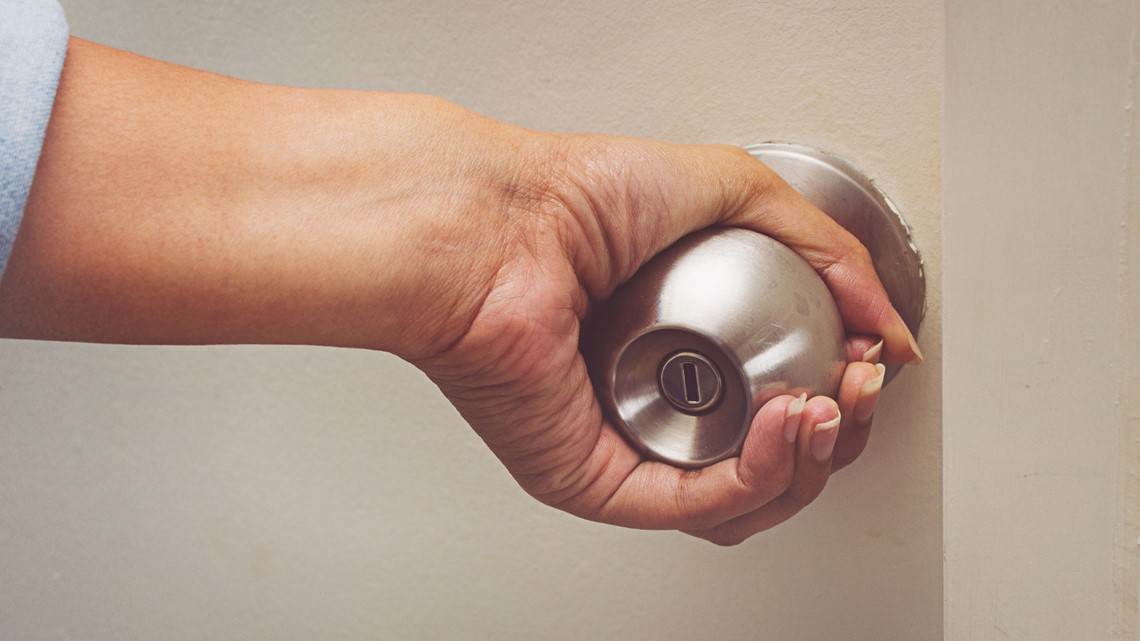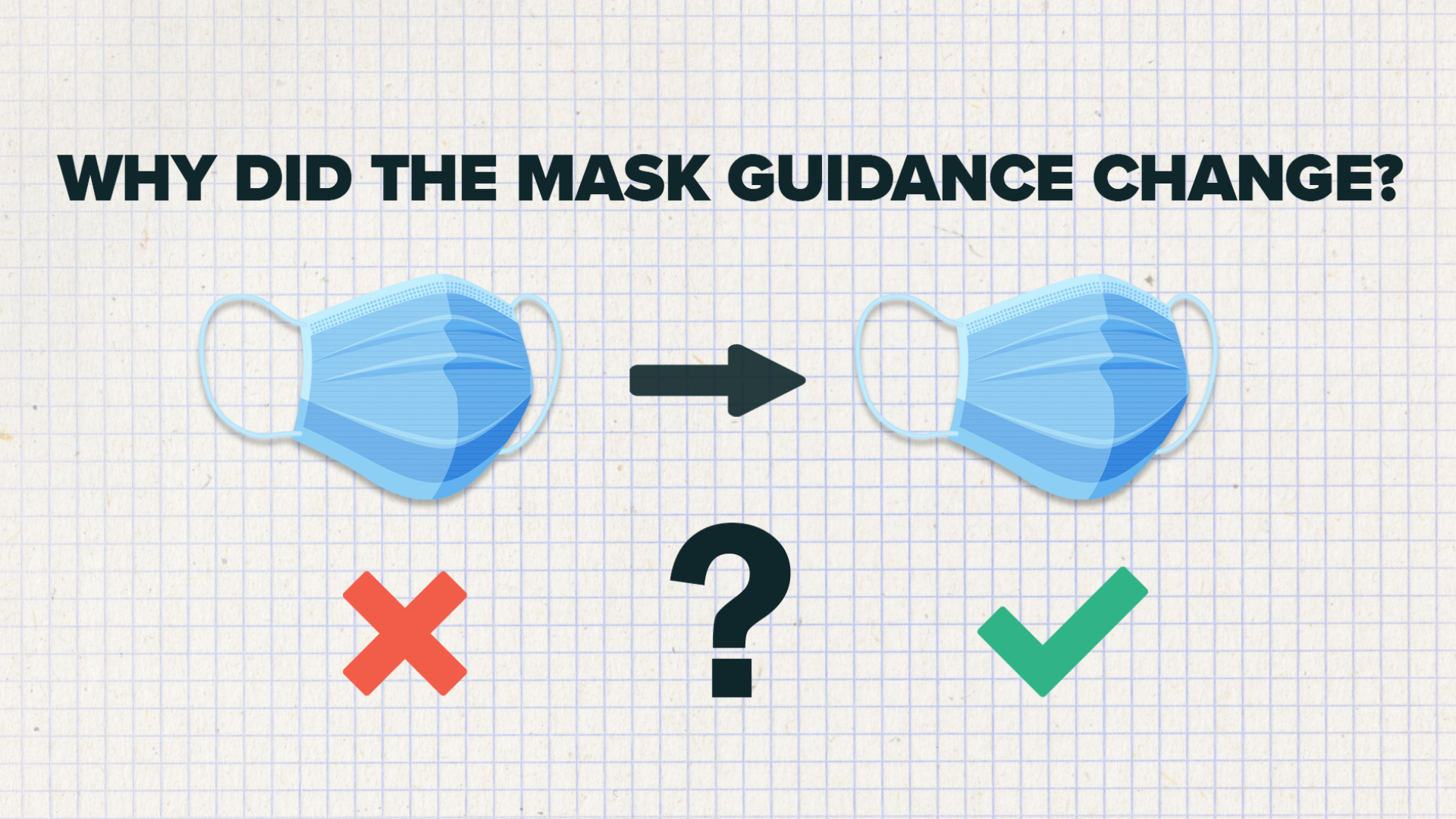The Centers for Disease Control and Prevention says recent edits to its website with guidance on how coronavirus is spread on surfaces created confusion and was not based on new science. The change drew attention because it indicated that the virus "does not spread easily" through touching surfaces or objects.
The agency issued a statement Friday, saying it has updated the page again. The new edits have not changed the information but reorganized it.
When the first change was noticed this week, it said that person-to-person contact was the most likely way to transmit COVID-19. After that, the page had a subsection that explained ways the virus "does not spread easily." That subsection stated that transmission was less likely through touching surfaces or objects, or by human-to-animal or animal-to-human transmission.
"This change was intended to make it easier to read, and was not a result of any new science," the CDC said in a statement Friday night. "After media reports appeared that suggested a change in CDC’s view on transmissibility, it became clear that these edits were confusing. Therefore, we have once again edited the page to provide clarity."
The transmission page is now divided into new subsections. It again says person-to-person is how the virus spreads most easily.
But a new sub-headline is titled, "The virus may be spread in other ways." Beneath that, the CDC says it may be possible to get COVID-19 by touching a surface or object that has the virus on it and then touching their own mouth, nose, or possibly their eyes.
"This is not thought to be the main way the virus spreads, but we are still learning more about how this virus spreads," the page says.
To be clear, the information about touching a surface then touching one's face was on the version of the page that the CDC says led to the confusion. It was just presented differently.
TEGNA had initially reached out to the CDC to seek clarification when the earlier edit was made but received no response prior to Friday's press release.
The CDC continues to suggest that social distancing of at least six feet, washing hands often with soap and water, and routinely cleaning and disinfecting are the best ways to prevent exposure to the virus.
For most people, the coronavirus causes mild or moderate symptoms, and the vast majority survive. But for others, especially older adults and those with existing health problems, it can cause pneumonia or death.
The Associated Press contributed to this report.



